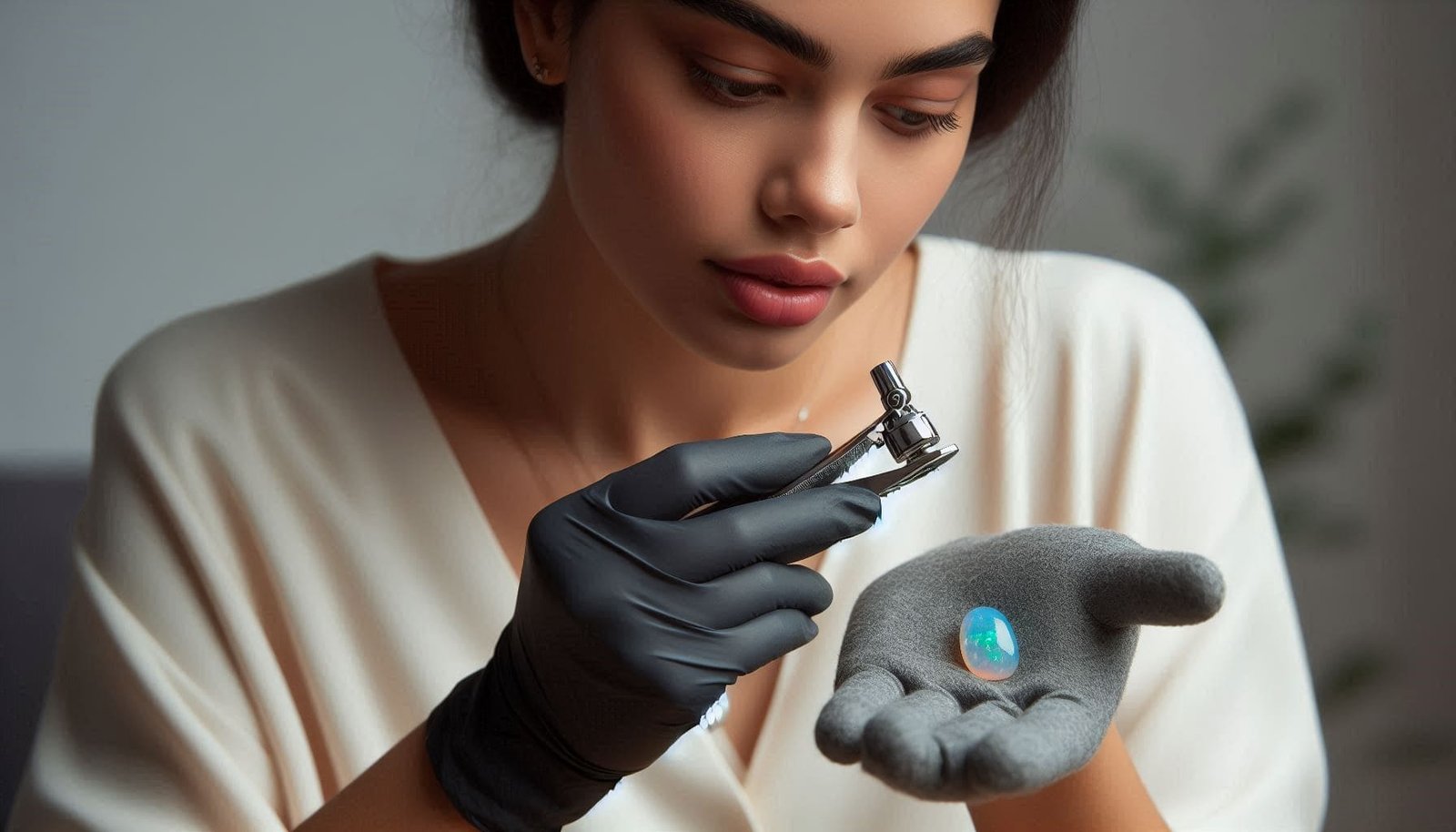Need astrology consultancy?
Pay rupees 600 through QR code below and fill the form.


Opal stones come in a huge variety. Black ones are the rarest and most valued. The fire opal stone is also quite valuable and expensive. It displays a dominant red, orange, or yellow sparkle.
The price depends mostly on the play of color(A phenomena), sparkles of different colors are seen in the opals. The play of color is caused by the direction of light from the spheres of silica gel in the opal structure. Specific colors are seen depending on the size of the silica gel and its arrangement in the structure.
The majority of opal stone (almost 95%) comes from Australia. Mexico, Brazil, Ethiopia, and the USA are some of the other places from where it comes. Here are some tests for opal gemstone identification –
There are two main varieties of original opal available in the market, the Australian Open and Ethiopian Open. A major chunk of this comes from Australia (almost 95%). Therefore, check its country of origin with the certificate. This is because Russian and Hong Kong-produced fake give the appearance of being real. For identification of genuine opal, carefully compare your stone with the provided certificate.
Since it is a natural stone, it will retain some asymmetry in its shape even after cutting. This implies that if your opal stone is perfectly circular or oval, then you should consider inspecting it properly before buying it because it may be a fake.
Also read: Opal stone benefits
Place the stone on a table and pass the white light over it. If it shows different flashes of color, it is a sign of real and good quality. Be cautious when looking at color layers; if it appears just below the surface, it could be a fake.
Note: Do not use fluorescent lighting, as it may appear more fired than it is.
Real opal stones are a little bit more costly. If you are getting this at an extremely lower price than usual, you need to doubt the fakeness of the stone.
Look at the stone carefully with a magnifying glass and observe the large patches of color ( Play of color – A phenomena). If you find snaky patterns of colors that are very symmetrical and too perfect, it is possible that they are fake or synthetic, as the real ones do not have that much perfection.
Crystalline inclusions (needles), Flow structures, Cloud-like inclusions, and Dendritic inclusions. The last and final identification of the opal stone is based on magnification test.
The chemical composition of opal stone is SiO2 nH2O+aI, Fe, Ca, Mg, and Na in traces. Some contain small amounts of radioactive elements. Water percentage is a variable. Its hardness is 5.5–6.5 on the Mohs scale. The specific gravity (S.G.) ranges between 1.98 and 2.20, and the refractive index (R.I.) lies between 1.40 to 1.47.
Synthetic opal, Gilson created opal, Slocum glass, opalite (a plastic imitation with the play of color), composite (doublets and triplets), mother of pearl (some of it costly), and chalcedony.
Pay rupees 600 through QR code below and fill the form.

No account yet?
Create an Account